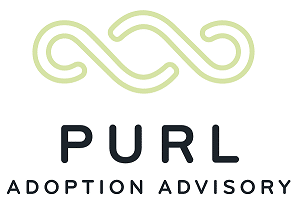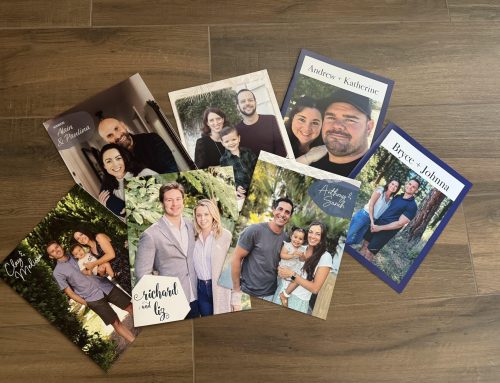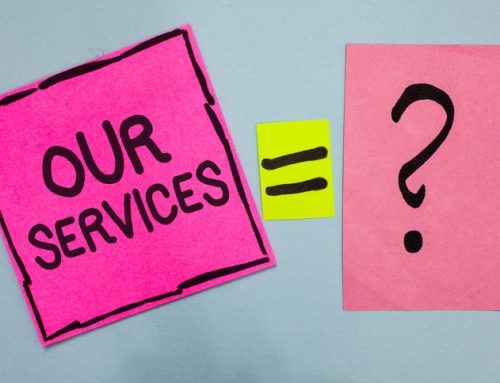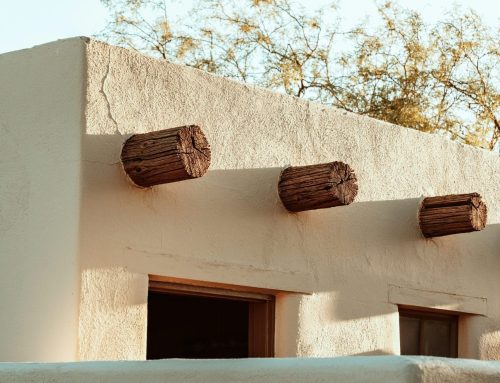
This post was written by Tessa Reagan Vilte, one of Purl’s adoption advisors. Tessa and her husband were able to fund much of their adoption costs of their youngest child through adoption grants they received. Tessa shares her experience searching for and tackling the grant writing process in today’s blog post.
……
When my husband and I realized we couldn’t have any more biological children, we were very drawn to growing our family through adoption. After much discussion, we knew it was the way we wanted to grow our family, and we knew we were ready for another child. But once we learned about the cost of domestic adoption, finances held us back. My husband worked for the Sheriff’s office at the time and I worked part time while in grad school. While our circumstances came with certain financial difficulties, they also made us great candidates for receiving adoption grants. However, most grant organizations won’t just award money to any adopting family—your income has to be within a certain range (typically under $100,000 gross). This, unfortunately, means that a higher income can price you out of qualifying for assistance.
We knew we could afford to provide for another child. We owned our house and budgeted for daycare expenses, but the upfront cost of adoption scared us (read this blog post to understand better the costs in a domestic infant adoption). We decided to use an adoption consultant, so our adoption journey included a multi-agency approach, where we signed up with many adoption agencies so that we could see more adoption opportunities, with most of the total cost being paid after we were chosen by an expectant mom. Many grants we looked at required an important caveat that the adoption be through a nonprofit organization (501(c)(3)), so we ensured the agencies we signed up with were classified as non-profit/501(c)(3).

This post was written by Tessa Reagan Vilte, one of Purl’s adoption advisors. Tessa and her husband were able to fund much of their adoption costs of their youngest child through adoption grants they received. Tessa shares her experience searching for and tackling the grant writing process in today’s blog post.
……
When my husband and I realized we couldn’t have any more biological children, we were very drawn to growing our family through adoption. After much discussion, we knew it was the way we wanted to grow our family, and we knew we were ready for another child. But once we learned about the cost of domestic adoption, finances held us back. My husband worked for the Sheriff’s office at the time and I worked part time while in grad school. While our circumstances came with certain financial difficulties, they also made us great candidates for receiving adoption grants. However, most grant organizations won’t just award money to any adopting family—your income has to be within a certain range (typically under $100,000 gross). This, unfortunately, means that a higher income can price you out of qualifying for assistance.
We knew we could afford to provide for another child. We owned our house and budgeted for daycare expenses, but the upfront cost of adoption scared us (read this blog post to understand better the costs in a domestic infant adoption). We decided to use an adoption consultant, so our adoption journey included a multi-agency approach, where we signed up with many adoption agencies so that we could see more adoption opportunities, with most of the total cost being paid after we were chosen by an expectant mom. Many grants we looked at required an important caveat that the adoption be through a nonprofit organization (501(c)(3)), so we ensured the agencies we signed up with were classified as non-profit/501(c)(3).




